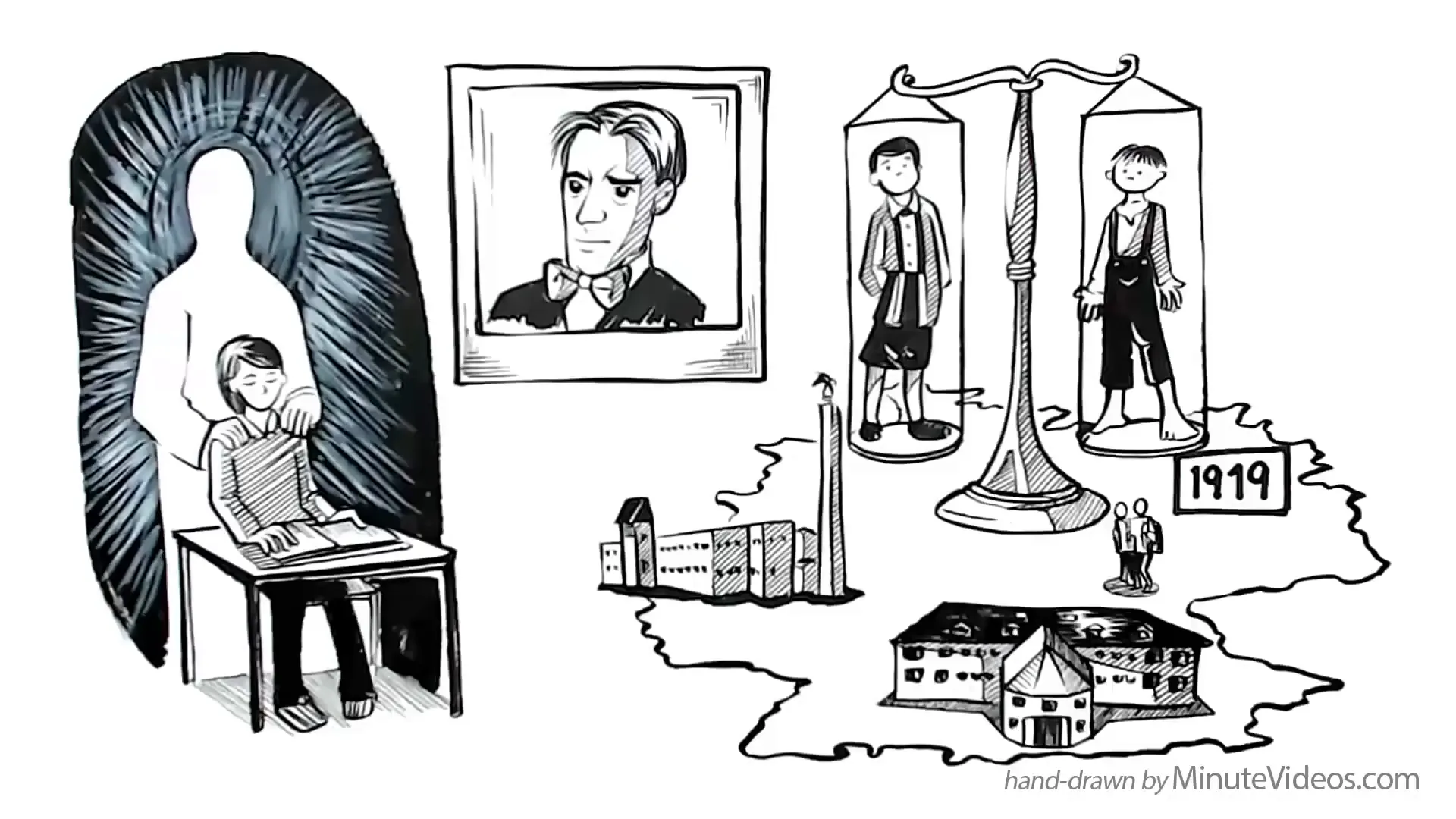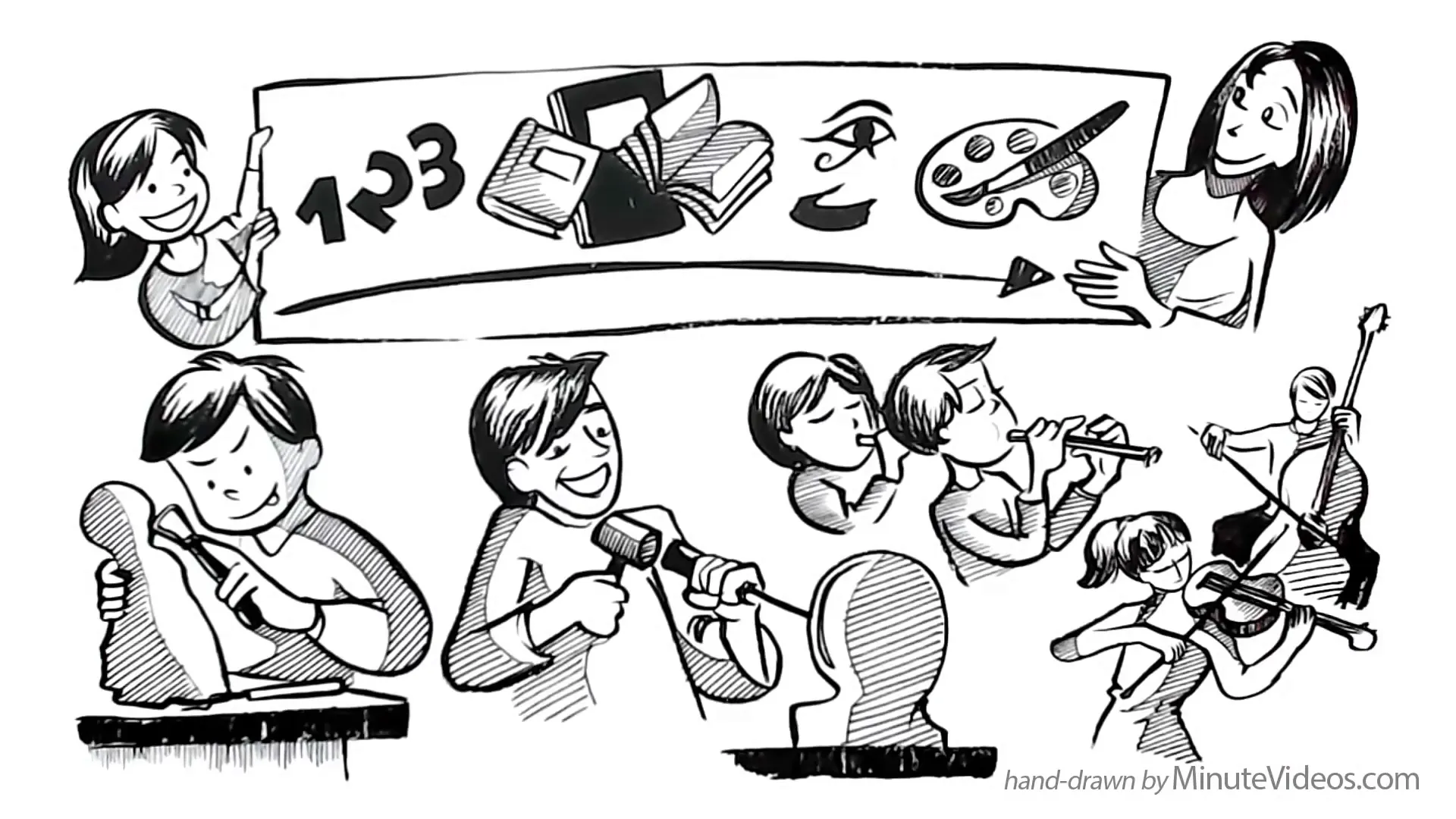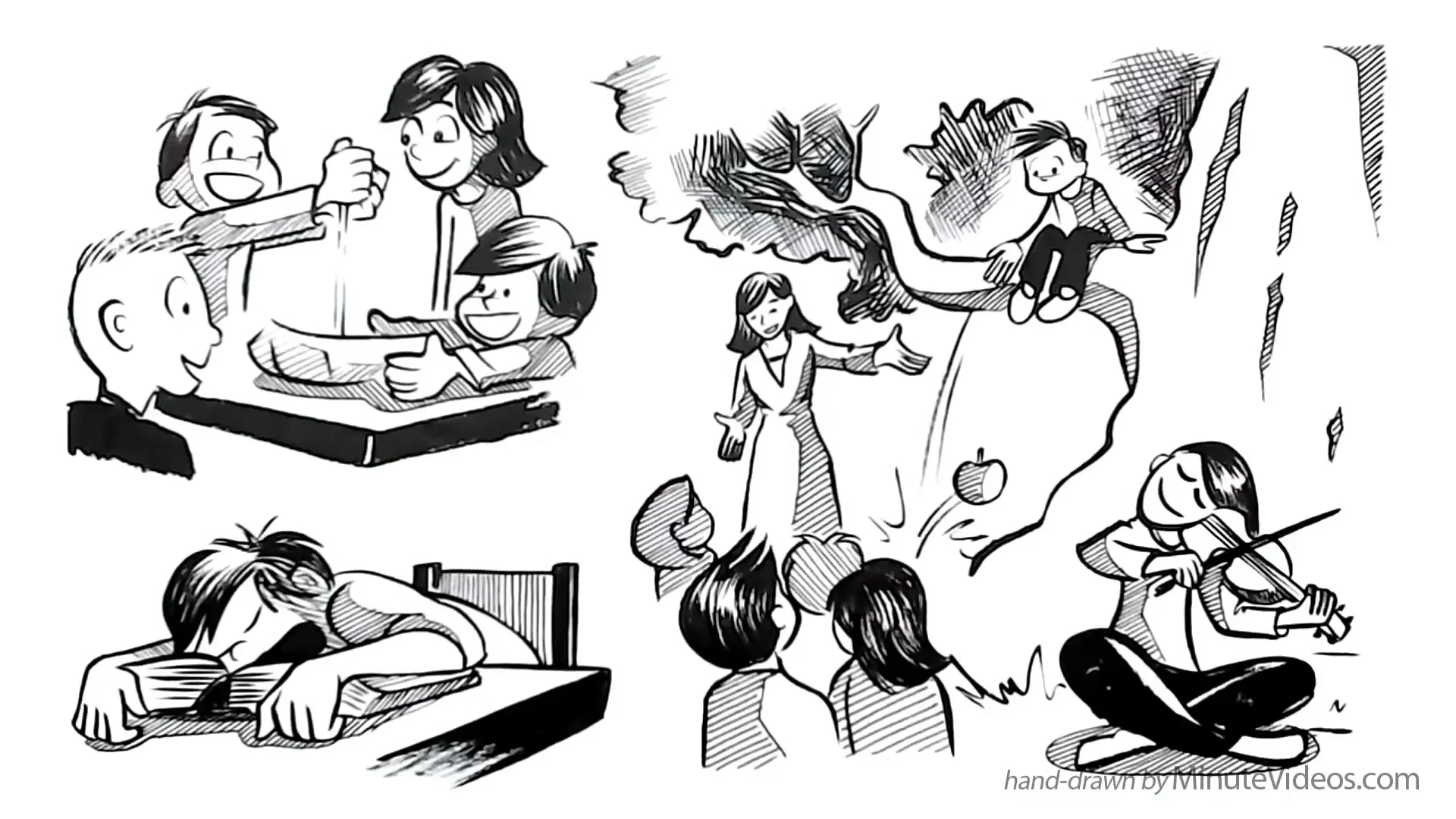Jan 2, 2025
Understanding Waldorf Education: A Unique Approach to Learning

Waldorf education is a distinctive educational philosophy rooted in the principles of Anthroposophy, which was developed by Rudolf Steiner. The first Waldorf school was established in 1919 in Stuttgart, Germany, primarily to educate the children of factory workers from the Waldorf Astoria Zigaretten Fabrik, giving the school its name. This approach to education was revolutionary, as it aimed to provide equal instruction to all children, regardless of their social status or talents, thereby pioneering social justice in education.

The overarching goal of Waldorf education is to cultivate individuals who are not only free but also morally responsible, equipped with a high degree of social competence and creative capabilities. Unlike traditional education, Waldorf places less emphasis on factual knowledge, homework, and test scores. Instead, storytelling and experimentation are central to the learning process.
The Curriculum and Learning Methods
Over the course of a twelve-year curriculum, students engage in a broad range of subjects, including math, literature, history, and science, as well as various arts and hands-on skills. For instance, elementary students participate in activities such as painting, knitting, weaving, and sculpting with wax. As they progress to older grades, they create patterns, books, pottery, and even sculpt in stone.

Music education is also fundamental, with all students initially learning to play the flute, followed by opportunities to play string instruments or participate in choirs. Additionally, students engage in non-competitive games and learn to dance eurhythmy. The curriculum incorporates organic farming and the study of two foreign languages, which are introduced through songs, storytelling, and conversational methods.
Project-Based Learning Approach
Waldorf education employs a unique project-based approach, where a specific subject—be it history, math, science, or gardening—dominates the first two hours of the morning for a period of 4-6 weeks. This allows students to delve deeply into a subject before moving on to the next focus. Steiner also introduced an experiential approach to science, where students observe and then describe scientific concepts in their own words and drawings, rather than relying on textbooks.

Furthermore, Waldorf schools advocate for minimal use of technology in early education. Computers are deemed useful only in the teenage years, once students have mastered fundamental, time-honored ways of discovering information and learning.
Assessment and Character Growth
In the spirit of personal development and empathy, competition and grades are generally avoided in Waldorf education. Instead, teachers focus on assessing each student’s individual growth in character. Test scores and grades are gradually introduced to older students as they prepare for college and entrance exams.

Today, there are over a thousand Waldorf schools across 60 countries, making it one of the largest independent school movements globally. Waldorf education has gained recognition as an educational theory in Europe, with many schools receiving state funding.
Notable Figures and Philosophy
Many prominent figures have embraced Waldorf education, including Clint Eastwood, Lenny Kravitz, and the Forbes family, alongside numerous parents from Silicon Valley’s tech sector. This is particularly interesting considering Steiner’s critical views on technology and mass media. Steve Jobs famously mentioned that his children had not used the iPad and that they limited technology use at home, reflecting a commitment to the principles of Waldorf education.

Acclaimed psychiatrist William Glasser once stated that we learn 10% of what we read, 20% of what we hear, 30% of what we see, but a remarkable 80% of what we experience. This statement underscores the effectiveness of the experiential learning methods employed in Waldorf education, which can be viewed as exceptionally contemporary despite its low-tech approach.
Conclusion
Waldorf education offers a refreshing alternative to traditional schooling, emphasizing creativity, social responsibility, and experiential learning. Its focus on the holistic development of the child prepares students not just academically, but also socially and morally, making it a compelling choice for many families around the world.
This article was created from the video Waldorf School Education with the help of AI. It was reviewed and edited by a human.



